KNOW HOW TO: LEARN, APPLY AND RESEARCH
• Computational thinking
• The project-based method
• Physical exercise and rest
• Nutrients, food and diet
• Health risks and medical check-ups
• Types of ecosystems
• Ecosystems as resources elements
• Damage and its consequences on ecosystems
• Terrestrial reliefs and their mechanisms
INTERDISCIPLINARY PROJECT · Magazine : Eco-Action!
• Emotional well-being
Competence-based activities
• Protection
Competence-based activities
Competence-based activities
• Matter and its changes
• Heat and its effects
• Forces and types of forces
• The atmosphere. Atmospheric phenomena
• Weather and the meteorological map
• Natural and processed products
• Agriculture. Types and tasks
• Forestry
• Machines and their use in our daily life
• Programming by blocks
Competence-based activities
• Climate: elements and factors
• Water and its use
• Climatic landscapes in Spain
• Livestock farming. Types, tasks and livestock
• Fisheries and aquaculture
• Climate change
• Climate and vegetation in Andalucía
Competence-based activities
• Spain’s primary sector
• Primary sector in Andalucía
Competence-based activities
INTERDISCIPLINARY PROJECT · Plastic-free mission : Now or never
• Mining and energy sources
• Crafts. Types and workshop work
• Transport. Types and means
• Dating. Historical time. Historical sources
• Historical ages
• The Ancient Times in Spain
• The colonising peoples
• The pre-Roman peoples
• Trade. Classification
• Tourism. Types and public services
• Economic activity
• Prehistory: Paleolithic, Neolithic, and Metal Ages
• Prehistory in the Peninsula
• Roman Hispania. Romanisation
• The Ancient Times in Andalucía
• Economic activity in Andalucía
Competence-based activities
• Prehistory in Andalucía
• Human evolution
Competence-based activities
Competence-based activities
INTERDISCIPLINARY PROJECT · Water pollution : Eco-friendly soap
MAPS AND GLOSSARY
DiSCoVeRInG rOCKS anD LanDFOrMS
Do you like hiking? I go hiking to many places: places with cliffs, beaches, caves, mountains, etc. Why does the landform change?





WHAT DO YOU THINK?
Are there rocks in this landscape? They are not living things. Should we
WHAT IS GOING ON AROUND YOU?
Rocks in landscapes are always changing. Sometimes, these changes are really slow. Can you see any of these changes around you?
WHAT CAN YOU DO TO HELP?

Gather your holiday photos and make an album with fun facts about landscapes. TAKE ACTION
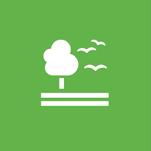
3 15
WHAT TYPES OF ROCKS CAN YOU IDENTIFY?
wHAT DO YOU NEED TO KNOW TO TAKE ACTION?
DO ROCKS FORM ALL LANDSCAPES?



HOW DO ROCKS ERODE?


WHAT IS THE EARTH’S STRUCTURE AND COMPOSITION? Layers of the Earth
1
2 Rocks
3 Rocks and uses
4 Looking for rocks in the landscape
5 Landforms and landscapes change

6 Erosion of rocks
WHAT DO WE USE ROCKS FOR?
DOES THE EARTH’S SURFACE CHANGE?

U3
63
WHAT IS THE EARTH’S STRUCTURE AND COMPOSITION?
Is the Earth the same on the inside and on the outside? THINK
1
Look, listen and read.
The Earth is our planet. It looks like a gigantic, almost spherical ball. The land is made up of rocks, and most of the Earth is covered in water likes seas and rivers.
Earth’s layers
The biosphere
All the living beings that live on the Earth.
The atmosphere
The layer of air around the Earth. Air is a mixture of different gasses. We can’t see it, but we can feel il when it moves and the wind blows.
The hydrosphere
All the water on the Earth. It includes seas, rivers, groundwater, ice, snow and the water in the form of rain or clouds.

Atmosphere
Hydrosphere
The geosphere
The parts of the Earth underneath all the other layers. It has more layers inside it:

• The crust. The only part we can see directly: the part where we live. It is the top and the thinnest one. It is made up of solid rocks.
• The mantle. The layer below the crust. It is much thicker layer. The rocks are really hot.
• The core. It is the centre of the geosphere. It is made up of iron and other metals. This layers is even hotter than the mantle.
64
1 Layers of the Earth
4
Match each layer to the correct component.
a) Hydrosphere 1) Rocks
b) Geosphere 2) Living beings
c) Biosphere 3) Air
d) Atmosphere 4) Water
Order the layers of the geosphere from inner to outer part.

Crust Mantle Core
Choose one of the spheres of the Earth (biosphere, geosphere, atmosphere or hydrosphere) and define it to a classmate using keywords.
Rocks, minerals, three layers…
It is the geosphere!
WHAT DO EARTH AND A HARD-BOILED EGG HAVE IN COMMON?
1 Let’s study the geosphere with this experiment!

Step 1: Ask and adult for help if necessary. Take a pot with water and boil an egg.
Step 2: Peel part of the shell.
Step 3: Using a knife, cut it in half.
Hard-boiled egg Geosphere

2 In pairs, compare the result. Is it similar or not to the Earth’s layers?
NOW I KNOW…
Humans can’t travel deep inside the Earth. But thanks to geology, we know the three different layers of the geosphere.
Materials Egg Water Pot Knife
65 U3
2
Your turn!
3
Yolk White Shell
LEARNED
CHECK WHAT YOU
WHAT TYPES OF ROCKS CAN YOU IDENTIFY?
THINK
Why are rocks so diverse?
1 Look, listen and read. Rocks are everywhere around us. The geosphere is made up of rocks. They are really diverse, but all rocks have some common features.
Rock features

They are natural.
They are solid, but they can melt if they get hot.
They are made up of one or more components called minerals.
Rock classification
Components. Each rock has a characteristic combination of minerals.

Size of components. We can see some of the components clearly, but there are others we can’s see.
Appearance in nature. It depends on how the rocks were formed.

Rock sample
Minerals
66 2 Rocks
3
Read and decide if the following sentences are true or false. Correct the false ones.
a) Rocks are only be found in the hydrosphere.
b) Some rocks are always liquid.
c) Rocks are made up of only two minerals.
d) We can use the microscope to see some of the rocks’ components.
What happens to rocks when they get really hot? Choose the correct option.

a) They melt.
b) They evaporate.
c) They burn.
d) They disappear.
STUDYING A ROCK
Do you want to know where to find rocks around you? See ‘Let me tell you’ at anayaeducacion.es

1 Look at the pictures. Can you see any rocks? Why?
2 In pairs, find a piece of rock. Study it under a magnifying glass.
a) Draw it in your notebook, including the components you can see.
b) Write where you found it and what it looked like in the environment.
3 Rocks are solid. It is true on the Earth’s surface, but there are some exceptions. Find out if liquid rocks exist and explain where we can find them.


NOW I KNOW…
Rocks are groups of minerals. We can classify them into three groups, depending on their original formation.
Your turn! CHECK
I think that liquid rocks exist in…
67 U3
2
WHAT
YOU LEARNED
WHAT DO WE USE ROCKS FOR?
Have you got any rocks at home? Are they useful?
1 Look, listen and read.
Rocks and their uses
Granite. A rock in blocks
Features:
It is light grey and pink. Granite appears in enormous blocks. They are formed from molten rock that cooled and solidified underground.

Uses:
It is used in construction, to pave streets or the floors in houses, to make street furniture, in sculpture and more.
Layered rocks. Limestone, sandstone and clay
Limestone
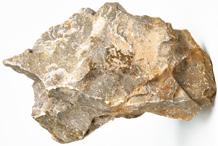

Features:
It is solid and uniform. It can be whitish, cream, reddish or blue-grey.
Uses:
We use limestone blocks in construction and sculpture. We use ground limestone to make cement.
Features:
Sandstone Clay
Features:
It is yellowish, reddish or brown made up of grains of sand. We can see the grains with the naked eye.
Uses:
We can also melt sandstone to make glass.
It can be white, brown, reddish, grey or other colours. It is soft and impermeable. If we mix it with water, we get a paste to mould. If we heat it, it becomes really hard.
Uses:
Good to make containers, bricks, floor or wall tiles.
Features:
Slate. A squashed rock

It can be black or shades of reddish grey. It is made up of several sheets. They have a very smooth surface and they can break easily. It sometimes contains fossils.


Uses:
We use slate sheets for covering roofs. School pupils wrote on slate with chalk long time ago.
3 Rocks
and uses
THINK
Find the odd one out.
Basalt Volcanoes
Thin layers Black
Match the rocks to their correct uses.
Soft Granite
Three components
Construction
Sandstone Clay Limestone

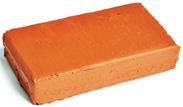
In pairs, think about a rock and its uses. Explain why you like or don’t like it.
I like slate because it was useful in the school.
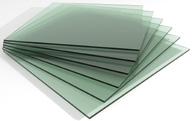
Computational thinking
USING ALGORITHMS TO ORDER ROCKS
1 Your sister played with your rock’s collection and now the rocks are mixed up. There are four different types of rocks.
a) Use the key to help you organise your rocks. Make your own key to identify them.
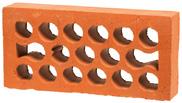
b) Do you use any technique to organise your ideas when you are learning something new? Explain it to your classmates.
NOW I KNOW…
I don’t like sandstone because it can break easily.
It has layers that break easily.
Light-coloured rock with three components we can see with the naked eye.
Slate
It doesn’t have layers that break easily.
Dark rock, can’t see the different components.
Cream-coloured rock, can’t see the different components.
We use rocks to make objects. The different characteristics of rocks are useful.
Basalt Limestone
CHECK WHAT YOU LEARNED
69 U3
2
3 1 2
3
Granite
4
DO ROCKS FORM ALL LANDSCAPES?
How do rocks affect landscapes? THINK

1 Look, listen and read.
The natural landscape in a specific place depends on the types of rocks it contains.
Basalt landscapes
This dark-coloured arch is a basalt mass formed during an eruption long ago. It was eroded by the sea.

Granite landscapes
The badlands landscape on the Canary Islands is covered in rock fragments from inside volcanoes.

Granite forms huge masses. Over time, they emerge above ground.
Landscapes with rock layers
Layered rocks are made up of materials. These materials gradually settled on the bottom of lakes or seas and, over time, transformed into layers of rock.


Granite masses break into rounded blocks over millions of years because of temperatures and humidity.

Landscapes with squashed rocks
In some slate landscapes we can see the different layers squashed under a massive force.
70 4
Looking for rocks in the landscape
Match the labels to the correct picture.
Erosion by the sea Volcano fragments

Emergence above ground
Which rock does NOT belong in a landscape with rock layers?


a) Limestone.
b) Clay.
c) Granite.
d) Sandstone.
Your turn!
WHERE DO WE GET ROCKS FROM?
1 Humans extract rocks from the quarries. This activity damages the natural environment.
a) Investigate a famous quarry in your province and look for information about what rocks or minerals are extracted.
b) Look at the pictures and say two advantages and two disadvantages. Follow the diagram:
In my opinion, a quarry is good because…
After Before Advantages
NOW I KNOW…
There are many types of rocks in nature. That’s why rocky landscapes are so diverse!


Disadvantages
CHECK WHAT YOU LEARNED
71 U3
2
3
1 2 3
DOES THE EARTH’S SURFACE CHANGE?
Are the rocks on Earth’s surface indestructible or do they change?
1 Look, listen and read.
The Earth’s relief changes over time. It is still changing today. Some changes are very quick, like volcanic changes. Others are so slow that we don’t notice them (mountain formation or erosion of rocks).
How do volcanoes form?
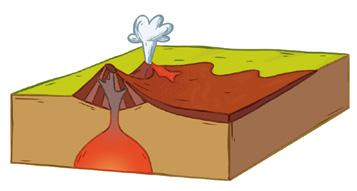

There are hot rocks inside the Earth. Sometimes they melt and become a burning liquid.
When molten rock comes out of a volcano, it is called lava. A volcanic eruption is when lava breaks through the Earth’s surface.
How do mountains form?
When the lava cools, it forms rocks. They accumulate over time to create new landforms. Eruptions from underwater volcanoes can create new islands.
Mountains started as the seabed. They rose up slowly and grew to high altitudes.
When the hot, molten rocks inside the Earth move, they produce forces that push against the Earth’s crust.
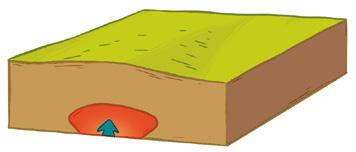
The rocks in the crust fold, break and rise. It is when earthquakes happen and mountains are formed. This is a really slow process.

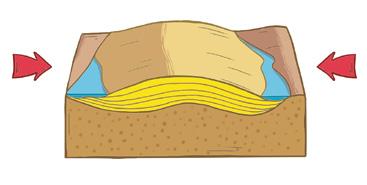
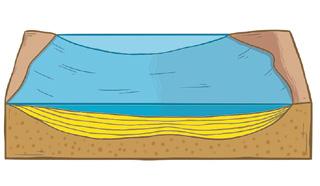
72 5 Landforms and landscapes change
THINK
Bulging land
Molten rocks
Gases Lava
Volcano
Volcanic rocks
Rock layers on the seabed
The rock layers fold and rise up
Force
Force
Mountain
Read and decide if the following sentences are true or false. Correct the false ones.
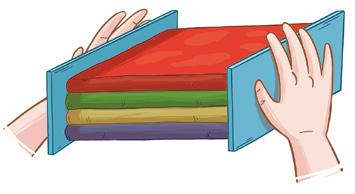
a) The Earth’s relief does not change over time.
b) A volcano is a crack in the Earth’s crust.
c) The forces inside the planet cause cracks in the Earth’s crust and form rivers and oceans.
Read the labels and order the formation of a volcano.
Lava cools and it creates new landforms.
Rocks inside the Earth melt.
Molten rock and gases escape through cracks.
Lava emerges to the Earth’s surface.
Your turn!
See ‘Eruption on La Palma’ at anayaeducacion.es and answer these questions.



a. How long did the eruption last?
b. How did the island’s relief change?
HOW DO THE FORCES INSIDE THE EARTH AFFECT LANDSCAPES?
1 Let’s do an experiment to understand how forces can deform rocks.
Step 1: Prepare several layers of different coloured modelling clay.
Step 2: Put them on top of one another and let them dry a little. They represent the rock layers in the Earth’s crust.
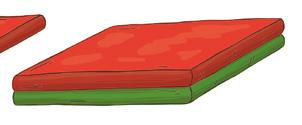
Step 3: Slowly apply force to both ends of the modelling clay. This simulates the forces inside the Earth.
2 What does it happen? Compare the results with your classmate.
NOW I KNOW…
Landscapes change very slowly. That’s why they always look the same.
73 U3
2
3
CHECK WHAT YOU LEARNED
of rocks
HOW DO ROCKS ERODE?
THINK
How do air and water affect rocks?
1 Look, listen and read.
Dunes
The cold makes water freeze. It breaks the rocks into pieces. They fall down the hillside.
The substances in rainwater can slowly dissolve and erode rocks.
The action of the cold and rain
Factors
The action of rivers
Eroded rocks


In a desert, wind erodes rocks. It transports and deposits the dust and grains of sand, forming dunes.

The action of the wind
The action of the sea
Rivers carve out valleys in the upper course. They break off pieces of rock, drag them downriver and make them rounded.

Rivers deposit sand and silt at their mouth, near the coast.

The sea breaks and erodes coastal rocks to create cliffs and beaches.

74 6
Erosion
Cliff Beach
Look at the pictures and choose the correct erosion factor.
Sea River Cold and rain
Look for pictures of erosion examples on the Internet. Can your classmate describe what factor affects the landscape in each of them? Then, duplicate your pictures and create a memory game.
What does this picture show?
Your turn!
It is a dune. The wind transports particles of sand and creates dunes.
See ‘Let me tell you’ at anayaeducacion.es to find out how the rocks on the Earth change.



SIMULATION OF THE EFFECTS OF WATER AND WIND ON REAL TERRAIN

1 In pairs, prepare two identical boxes. Each box has a miniature sloped terrain made of sand and stones.
Step 1: Pour water onto the high part of box A to simulate rain.
Step 2: Use a hairdryer on the high part of the box B to simulate wind.
2 Describe the different results in each case.
NOW I KNOW…
Water and air act on the rocks very slowly: they erode them and deposit the pieces in lower areas.
CHECK WHAT YOU LEARNED

75 U3
2
1 2 3
3
The Earth
It has three layers.
The geosphere is made up of Natural origin

Rocks
Solid
The atmosphere
Types of rocks
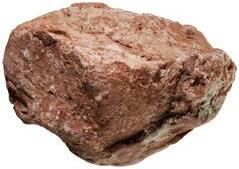
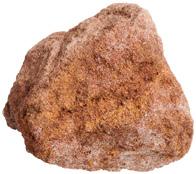

Basalt. Hard rock and it appears in volcanic landscapes.
Made up of minerals

Granite. Three different components. It appears in enormous blocks.
Slate. Black. It is made up of several layers and has a very smooth surface.

Limestone, sandstone and clay. They exist in thick layers. Layers can be horizontal, slanted or folded.
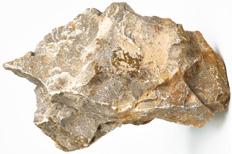
76
SUMMarY
MY VISUaL
Limestone
Sandstone
The biosphere
The hydrosphere
Crust Mantle Core
The geosphere
Clay
Landscape
The natural landscape in a specific place depends on the types of rocks it contains.
Basalt landscapes


Landscapes with rock layers

Granite landscapes
Landscapes with squashed rocks
Landscape changes can be slow or quick.
Volcano formation

Gases
Lava
Wind and water deposit pieces in lower areas.
Mountain formation


Mountain
Volcano
77
WHAT HAVE I LEARNED?
1 Find the mistakes in these sentences. Write the correct sentences in your notebook:
a) The crust is the only part of the Earth with rocks.
b) Rocks are solid, natural and formed by air and water.





2 We can identify rocks by the … . They are made from, the … of their components and how the … in nature.

3 Guess the names of these rocks:
5 What is the name of the place we get rocks from? Do Internet research about one of these places. Write a short paragraph about its location, the rocks we get from it and what we use the rock for.
6 Match the photos with the descriptions of how the landforms were created.
a) Huge forces folded the rocks and pushed them up.
b) The sea eroded the rocks.
c) The wind shaped these mountains of sand.

4 What rocks do you need to make these objects? Name one or more.
a) Roof covering
b) Sculpture
c) Cement
d) Glass
e) Bricks
Traffic lights. Apply this colour code to each activity in your notebook.
If you knew the answer.
If you needed help.
If you couldn’t answer the question.
78
PorTFoLIo
1 2 3 A C B D
Gather your holiday photos and make an album with fun facts about the landscapes.
Gather some photos of beautiful landscapes made up of rocks (clifts, beaches, valleys, mountains, etc.). Distribute the photos amongst the class. Work on your own or in pairs. Apply the ‘I see, I think, I ask myself…’ technique. Copy and complete the chart for your photo.

I see
I think…
I ask myself
What kind of landscape does the photo show? How do you think the landscape was formed? What questions do you have about the rocks in the landscape and how they were formed? What are the rocks like? Can you identify the types of rocks?
1 Find information to answer your questions. Don’t worry if you can’t answer them all! Then write a short text about the landscape in the photo.
2 Create an album with all the photos and fun facts you’ve got. You can make a digital album or print the photos and texts to display in the classroom.

HOW HAVE I LEARNED?
1 Reflect and answer in your notebook.
a) What was the most fascinating thing you learned?
b) What was the hardest thing?
2
Now you know more about rocks and how the Earth’s relief changes.
c) What can you say to someone who thinks rocks are really boring?
d) What can you say to someone who thinks relief never changes?
79
© GRUPO ANAYA, S.A., 2023 - C/ Valentín Beato, 21 - 28037 Madrid.
All rights reserved. No part of this publication may be reproduced, stored in a retrieval system, or transmitted, in any form or by any means, electronic, mechanical, photocopying, recording, or otherwise, without the prior permission of the publishers.
GLO BAL THINKERS
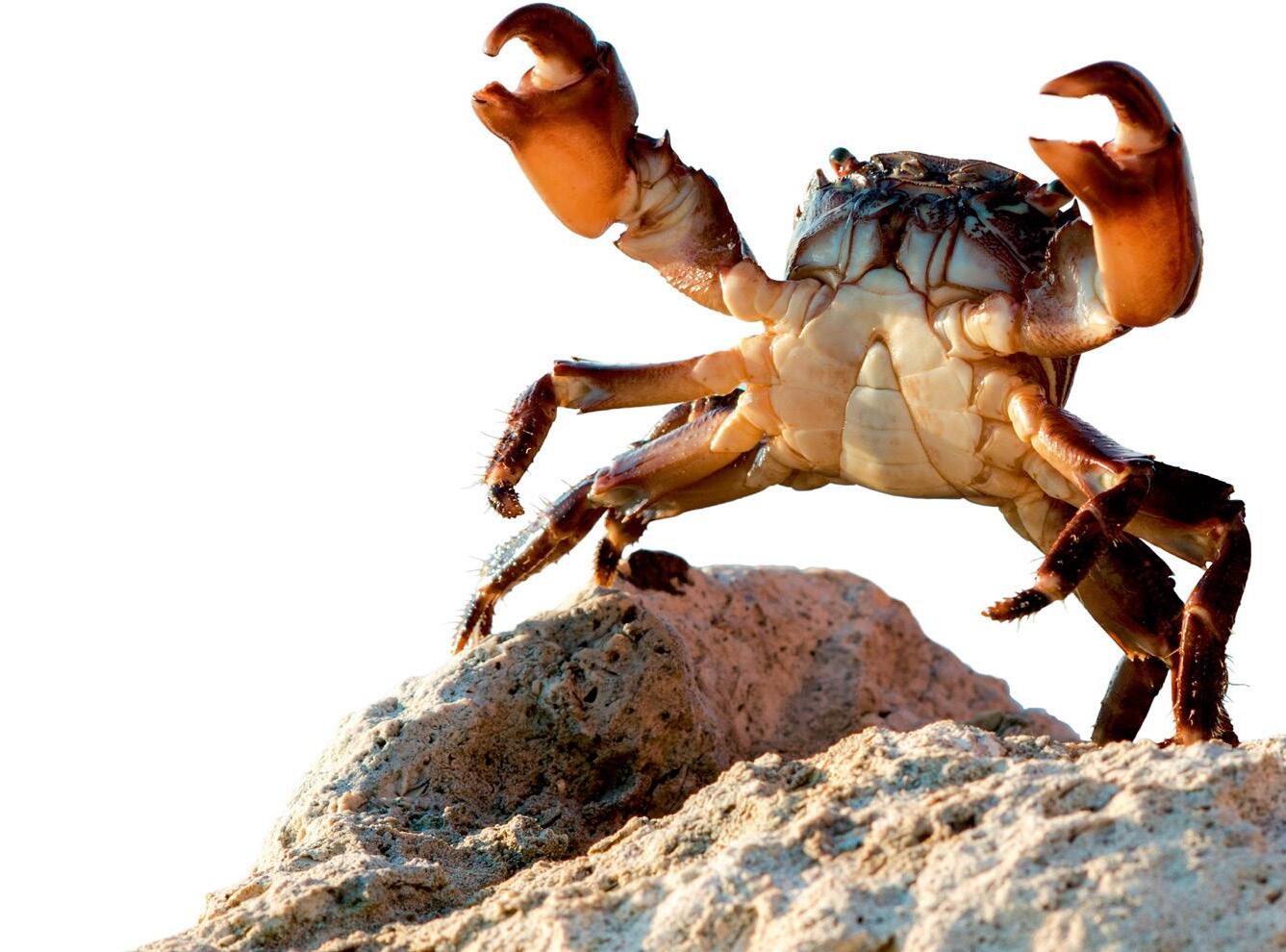
SCIENCE www.anayaeducacion.es CERTIFIED FIBER PAPER 9229494






















































































